AO Edited
Ziller-Loverdos Mansion
One of the best collections of Byzantine art housed in a magnificent, 19th-century neoclassical home.
Ernst Ziller was born in 1837 near Dresden, Germany. In 1858, he graduated from the Dresden Academy of Fine Arts and shortly thereafter went to work for Danish architect Theophil Hansen. Hansen and his brother Christian Hansen were well established in Athens, Greece, having designed some of the capital’s most prominent landmarks. Between them, they designed Athens University, the National Library of Greece, the National Observatory of Athens, the National and Capodistrian University of Athens, the Academy of Athens, and several other significant buildings.
Theophilus invited Ziller to Athens in 1861 to supervise the building of the Academy of Athens. While doing so Ziller honed his eclectic architectural style and made many important connections which led to jobs supervising other Hansen-designed buildings, including the National Library and the Zappeion Hall. Ziller went on to design and build many other landmark buildings in the capital, including the original Royal Palace in Tatoi, the Crown Prince’s Palace, the Royal Theatre, the Syngros Mansion, the Melas Mansion, the Iliou Melathron, and the Psychas Mansion. In 1872, he began to teach architecture at the Athens School of Fine Arts, and in 1884 became Director of Public Works at the Ministry of the Interior, consequently becoming Master Builder to King George I of Greece.
In 1885, Ziller designed and built a three-story, neoclassical mansion in the center of the city, a private residence for himself and his wife, Sophia. The almost 1,200-square-foot building has an elevated ground floor, a basement, and a main floor in the late Athenian Neoclassicist style. The house soon became a landmark and a regular gathering place for Athenian high society.
The Ziller family resided in the mansion until 1912 when it was put up for auction. It was purchased by Cephalonian banker Dionysios Loverdos, founder of the Ionian and Popular Bank of Greece. Loverdos renovated the building, adding a chapel with an impressive mosaic dome on the ground floor. In the early 1930s, Loverdos converted the chapel into a private museum to house his Byzantine and post-Byzantine art collection, displaying one of the largest and most remarkable Byzantine collections in Greece. Many of the pieces date between the 14th and the 20th centuries.
After Loverdos passed away, the mansion was then abandoned for decades, suffering from fire, floods, and vandalism until 1981 when it was listed as a protected building. Renovations began, and by the mid-1980s, the building was reopened and had several transient tenants, including the Greek National Opera which used it for wardrobe storage.
Loverdos’s heirs donated the building to the Greek state, which kept the building vacant creating new maintenance and property damage issues. In 2012, the Directorate of Conservation of Ancient and Modern Monuments began renovations, and in 2021 the building opened to the public as a museum for the Loverdos collection under the oversight of the Byzantine and Christian Museum.
Know Before You Go
The Ziller-Loverdo Mansion is open every day except Tuesday, select holidays and the occasional private event. Entry is free. Hours vary by season. The museum is also known as: Loverdos Museum - Ziller Mansion.

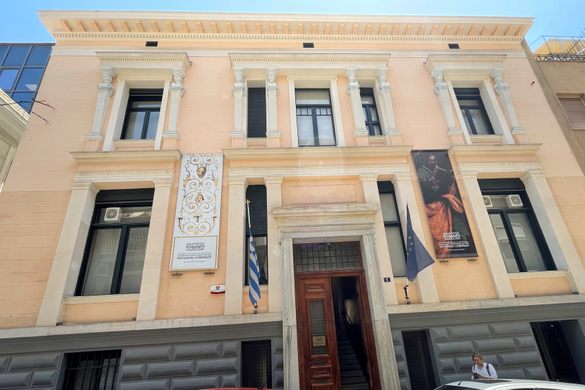
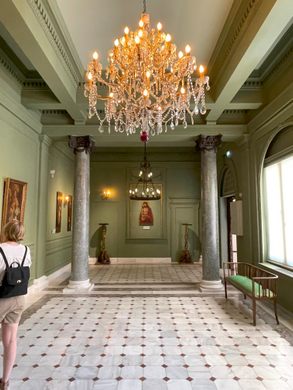
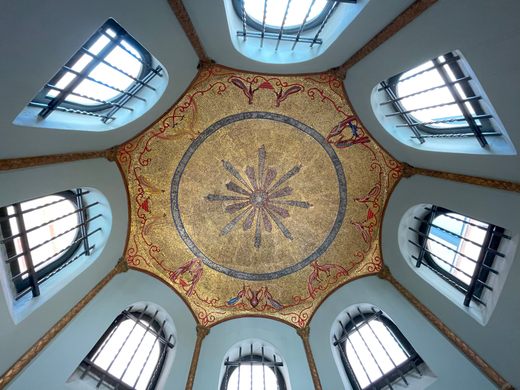
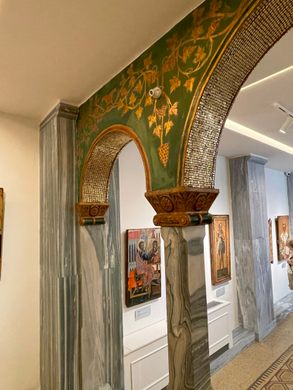
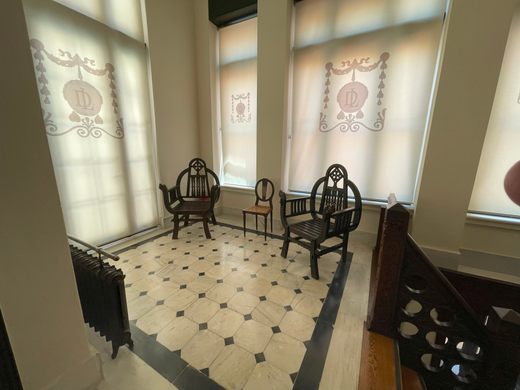
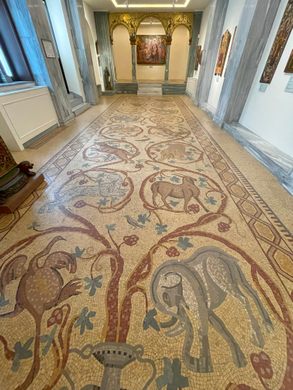
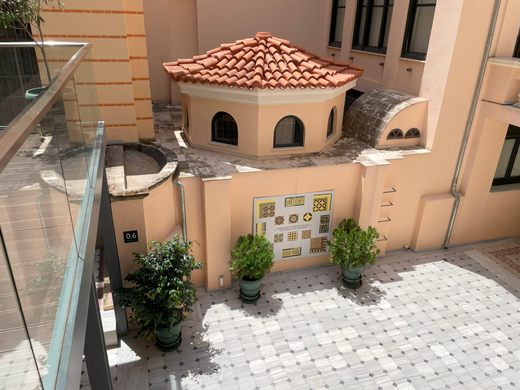
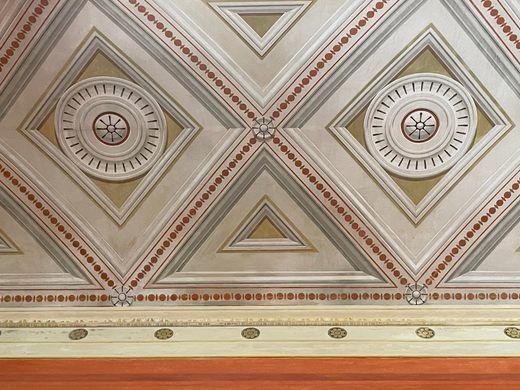
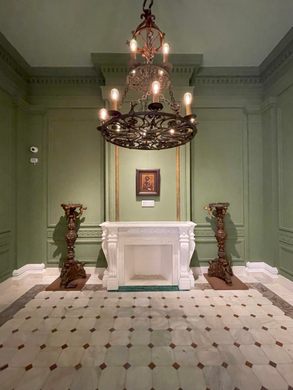
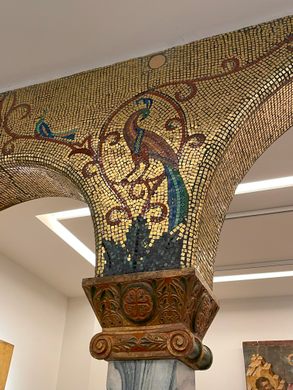
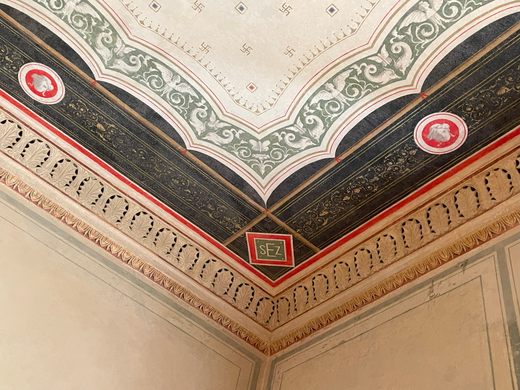
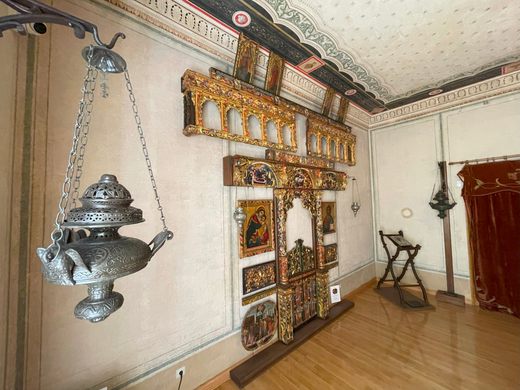
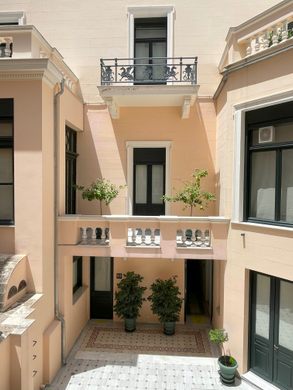




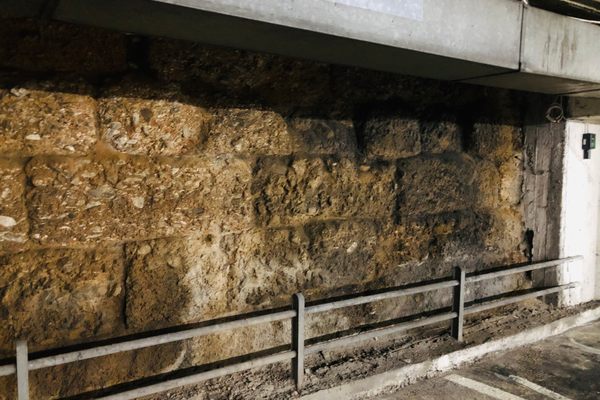
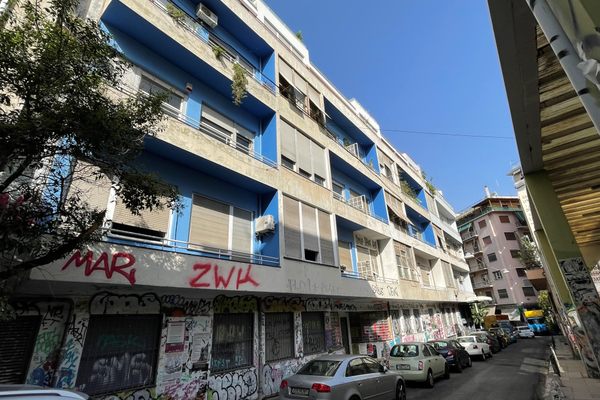





Follow us on Twitter to get the latest on the world's hidden wonders.
Like us on Facebook to get the latest on the world's hidden wonders.
Follow us on Twitter Like us on Facebook